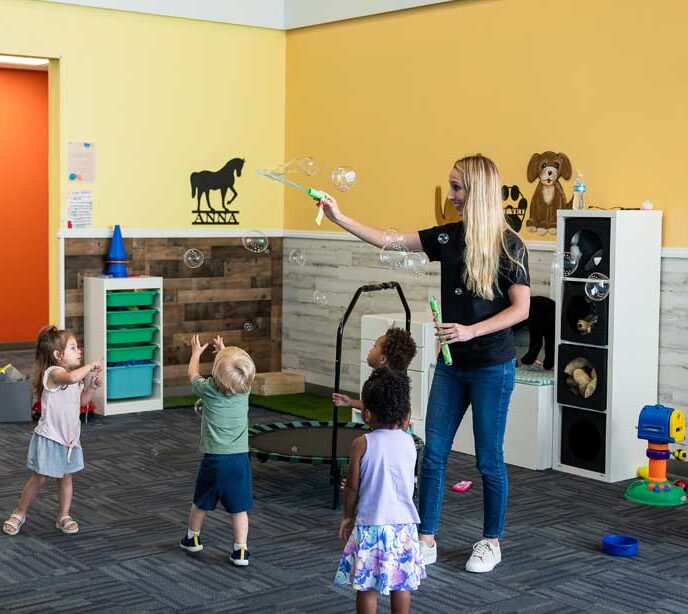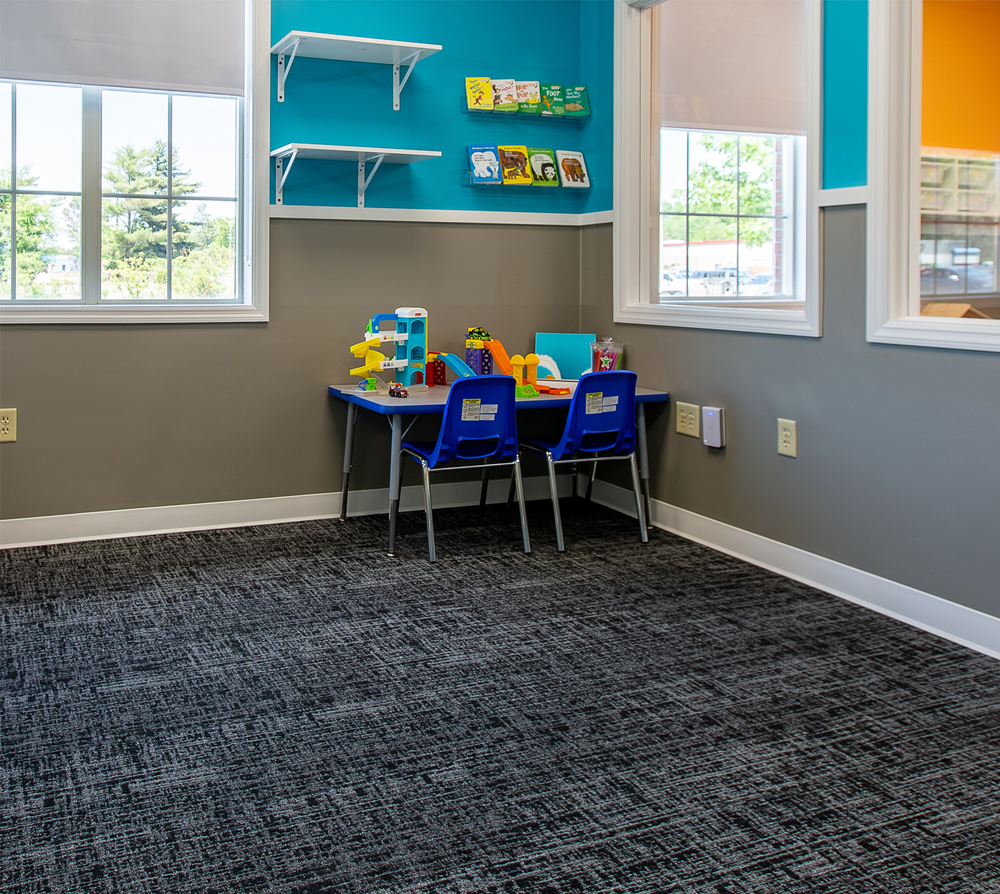Using Visual Language – Lighthouse Autism Center
Communication can be challenging for children with autism. We take a look at how using visual language can help a child with autism communicate and grow their independence.
Communication and Autism: Using Visual Language
How Does Autism Affect Communication Skills?
There are many theories, but it is not yet known what causes autism and why children with autism struggle with communication. What we do know is that autism affects their communication skills, with communication difficulties being one of the key characteristics of autism.
Children with autism may struggle with verbal and nonverbal communication methods in various ways. For example, they may have difficulties with:
- Understanding and using words
- Learning how to read and write
- Understanding and using gestures
- Understanding facial expressions or tone of voice
- Engaging in conversations
Thankfully there are ways to help them manage these challenges. One such method is visual language.
What is Visual Language?
Research tells us that children with autism are able to better communicate their wants and needs through images rather than words. With this knowledge, many autism therapy providers have started creating learning programs and software that focus on allowing children with autism to communicate with familiar and consistent images. This helps increase their understanding of basic communication and more easily communicate their wants, needs, and emotions. This “visual language” method of learning has proven incredibly successful in helping children with autism develop communication skills and achieve developmental milestones.
Using Visual Language to Communicate with Children Who Have Autism
Communication can be a major problem for families. It accounts for an estimated 60% of all family-related stress experienced on a daily basis. It is also the main reason that some children are slower to develop their social skills. Autism communication strategies are vital to help those with autism and their families. By using visual communication tactics, families and autism therapy providers can give the child the tools they need to communicate their needs effectively. Once the child has these skills, it often alleviates many problems for families.
So, what are some of the visual communication techniques and visual supports your child with autism can use? Here are some of the visual systems and communication devices for autism:
1.) Dry-Erase Board – The child can use a piece of paper or dry-erase board to draw objects that symbolize their wants and needs.
2.) Picture Exchange Communication Systems (PECS) – This is when a child has several pre-made (and often laminated) cards with images that communicate everything from needing to go to the bathroom to requesting a snack and telling someone how they are feeling. The parent can then react or provide the item to fulfill the need they are expressing.
3.) Tablet – Children can use communication software downloaded to a tablet such as an iPad and use a system similar to a PECS system. This allows children to select images that express their wants and needs in a way that a parent or adult can understand.
These are three of the ways you can overcome the challenges of autism and communication. To learn more about visual communication and about your child with autism, contact Lighthouse Autism Center at 574-387-4313. We also have a variety of autism resources for parents who are looking for additional advice.
Together, we can unlock your child’s potential
Related News

03/07/2024
Symptoms of Asperger’s Syndrome – Lighthouse Autism Center
In this article, we take a look at Asperger’s syndrome, and describe its most common characteristics, how it differs from other autism disorders and how to treat it.

03/07/2024
ABA Therapy: Costs and Options – Lighthouse Autism Center
One of the most recognized treatments for autism is ABA therapy, but this comes with questions about costs and financial viability. Discover ABA therapy costs and explore the various options available to you, ensuring you’re equipped to make informed decisions for your family. Resources Available to Help Cover the Costs of ABA Therapy Services As […]

03/07/2024
Free Online Games for Autistic Kids – Lighthouse Autism Center
The virtual world can be a great resource for autism-friendly games, providing both a learning environment and an outlet for fun. Discover the benefits of online games for autistic children, and explore our top picks that cater to different needs and skills. Free Online Games for Autistic Kids The virtual world can be a great […]



